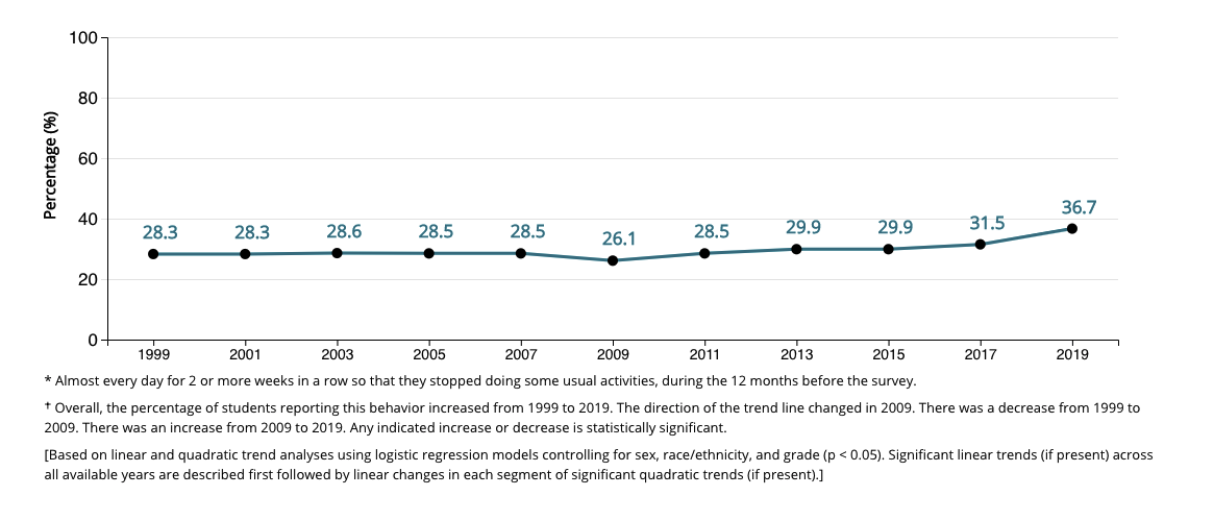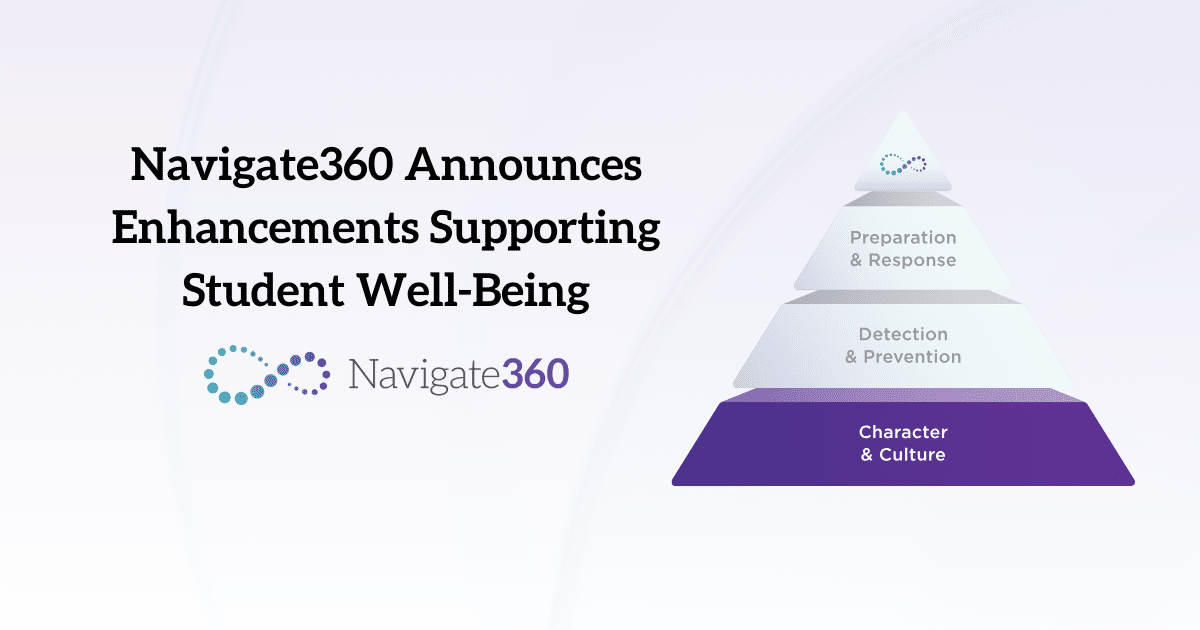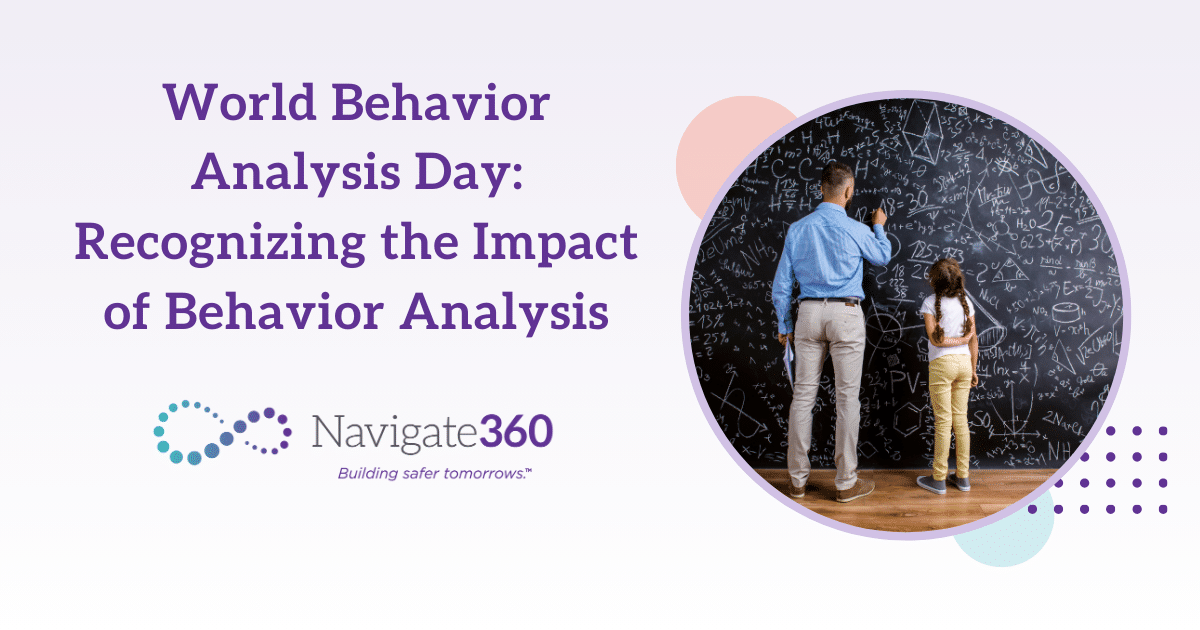Rates of depression and suicide are rising in the adolescent population at a surprising rate. Using smart language scanning and analysis tools to understand exactly which teen populations are affected most can help educators target their responses — and get help to those who need it fast.
Every two years, the Centers for Disease Control and Prevention’s (CDC’s) Division of Adolescent and School Health (DASH) completes the Youth Risk Behavior Surveillance System (YRBSS), which monitors six categories of health-related behaviors that contribute to the leading causes of death and disability among youth and adults.
According to 2019 data, students are drinking less alcohol, smoking less tobacco, driving with their seatbelts on and generally taking fewer risks. However, their rate of depression is increasing. More than 37% of 9- to 12-grade students said they felt sad or hopeless every day for two weeks or more to the extent that they did not pursue normal activities. Of those, 19% thought about suicide, and 9% attempted it (although a small percentage of those succeeded).
Looking at Leakage
Many individuals leave hints about their intentions in the digital conversations they have across different platforms – this is called leakage. Navigate360 is constantly updating our Social Sentinel AI language engine to find that leakage as we scan digital content for harmful language. Our data scientists work tirelessly to ensure our technology can detect harmful language, all while taking dialects and slang into consideration.
Not all conversations are the same in a school setting, and those same conversations adapt yet again in social settings and on social platforms. Sifting through expansive digital conversations and understanding the language used (as well as how it is used and in what context) is what our language engine does. We understand this would be an impossible task for school administrators to take on manually. That’s why we developed Social Sentinel: Social Media & Email Scanning technology to scan more than 2 billion permutations of harmful language in near-real time, alerting you only when potential action is needed.
Gender Considerations
The CDC survey splits data by student characteristics. The difference between the male and female populations is large (the survey did not include data for non-binary genders), with girls suffering from sadness and hopelessness at twice the rate (41%) of boys (21%). This trend is reflected in thoughts about suicide and attempted suicide and was consistent across all parts of the country.
Social Sentinel: Social Media & Email Scanning helps schools gain an understanding of overall student sentiment so that trends such as this can be identified. Our student sentiment report helps you stay abreast of the sentiment surrounding conversations happening in your school community. While our language engine is scanning public digital conversations, we are also analyzing sentiment so school administrators can address issues proactively and with well-timed information. We added global events to the report to take the context of sentiment to another level and help schools understand outside influences impacting the emotional state of students.
Our language analysis technology also makes every effort to maintain students’ utmost privacy. We do this while still putting you in the position to be able stop someone from making a decision that will tragically change their life and your school community. We’ve built a platform that is more than a list of search words; we scan billions of public conversations and images to uncover contextual clues, making matches to ensure you get the information you need when you need it.
Conclusion
As behaviors once deemed risky decline with today’s students, newer challenges to mental health and wellbeing are rising. Identifying which groups are at the highest risk for depression and suicide and tailoring countermeasures to address these individuals’ needs will increase the likelihood of successful and meaningful intervention.
Social Sentinel: Social Media & Email Scanning technology can help you catch signs of concern that may indicate depression, suicidal ideation or self-harm or harm to others in students’ digital communications. Once concerning language is identified, other tools such as behavioral threat assessment case management technology, social-emotional learning curricula, and suicide prevention and management programs can be used to keep your students physically, socially and emotionally healthy and headed down a safe, successful path.
Learn More About Effective Prevention Solutions
See How Navigate360’s Full Suite of Proactive Prevention Solutions Steers Students on a Safer Path >
Additional Resources
CDC DASH: https://www.cdc.gov/healthyyouth/index.htm
CDC Youth Risk Behavior Surveillance System (YRBSS): https://www.cdc.gov/healthyyouth/data/yrbs/index.htm
CDC Mortality Data: https://www.cdc.gov/nchs/nvss/deaths.htm
Suicide Prevention Toolkit: https://youth.gov/feature-article/preventing-suicide-toolkit-high-schools





